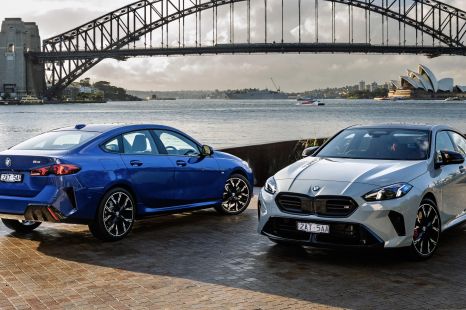

Max Davies
2025 BMW 2 Series Gran Coupe review
4 Months Ago

News Editor
Mazda’s next-generation MX-5 may still be a few years away, but it’ll remain rear-wheel drive for as long as possible while eschewing plug-in hybrid and electric powertrains.
“It’s our brand icon and it is always treated very specially,” Mazda Europe’s head of product development and engineering told Autocar.
“At the moment, it looks like we will have this car forever, with this size and concept and combustion engine. Of course, some day, we will have to electrify it, but we want to keep this pure concept.”
Kunz also told Autocar that, as the MX-5 traditionally has a longer lifecycle than other Mazda models, “having one generation for 10 years is not a problem for us”.
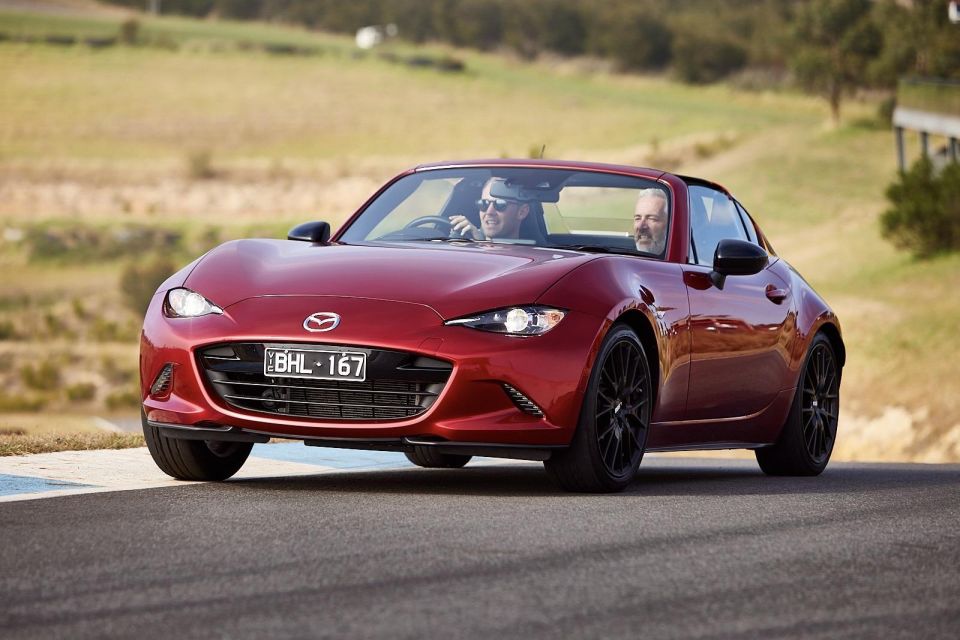
The current, fourth generation of MX-5 – the ND series – entered production in 2015. That suggests a new MX-5 mightn’t debut until 2024 or 2025.
The next MX-5 will reportedly retain a rear-wheel drive platform, instead of moving to Mazda’s front-wheel drive architecture used on models such as the 3 hatch and sedan.
Kunz said the MX-5 “is the baby of headquarters” in Japan, and the engineers at HQ are committed to maintaining the purity of the roadster. That suggests the team at Mazda Europe has little influence over the model.
A report from Autocar last year indicated the next ‘NE’ MX-5 is in line to use the company’s Skyactiv-X petrol engine in the pursuit of extra efficiency, instead of using plug-in or pure-electric power.
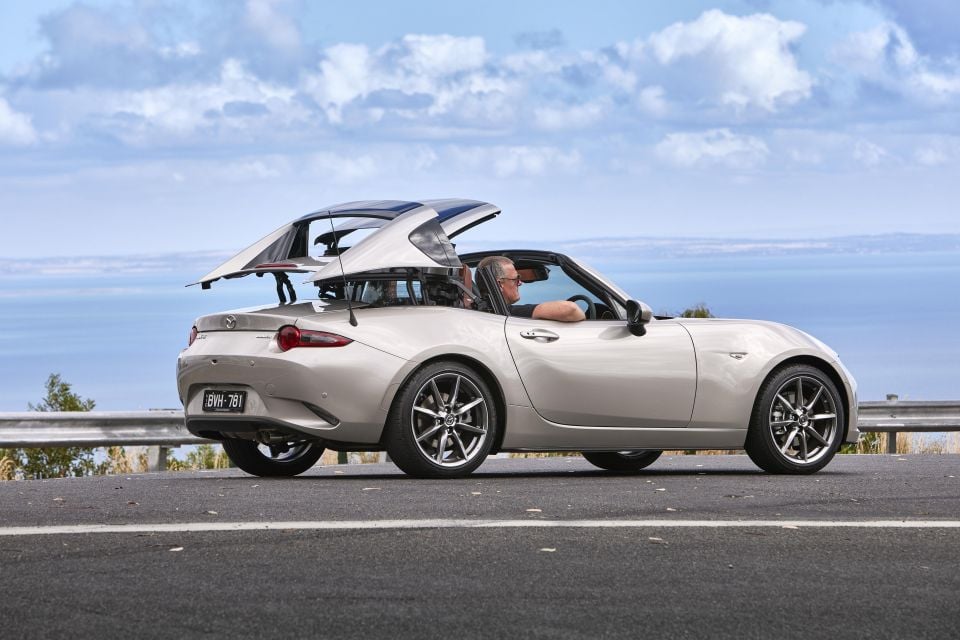
The Skyactiv-X engine uses alternating spark-guided compression ignition, the idea being to pair a high-revving naturally aspirated petrol’s character with greater efficiency and torque – somewhat like a diesel.
It launched in 2020 here and is currently available in the Mazda 3 and CX-30. None of these are rear-wheel drive like the MX-5, of course.
In these models, the 2.0-litre petrol is called Skyactiv-X ‘M Hybrid’, referring to its belt-driven starter/generator and 24V lithium-ion battery mild-hybrid system that harvests energy under deceleration.
It produces 132kW of power and 224Nm of torque, with all of this mated to six-speed manual or automatic transmissions.

If, say, this engine were to be used in the next-gen MX-5 it’d offer 30 per cent more torque than the 2.0-litre ‘SkyActiv-G’ engine used in all MX-5 models and could bring its 0-100km/h time under six seconds.
Should Mazda choose to introduce this powertrain to the next MX-5, it would reportedly be the only engine on offer, though it could be offered in different states of tune.
Mazda has already discontinued the smaller, slower-selling 1.5-litre four-cylinder engine from the current car in the Australian market.
“We want to look at the best powertrain to keep the vehicle lightweight, but because of the diversifying requirements and preference, we need to explore various options,” said Mazda design head Ikuo Maeda.
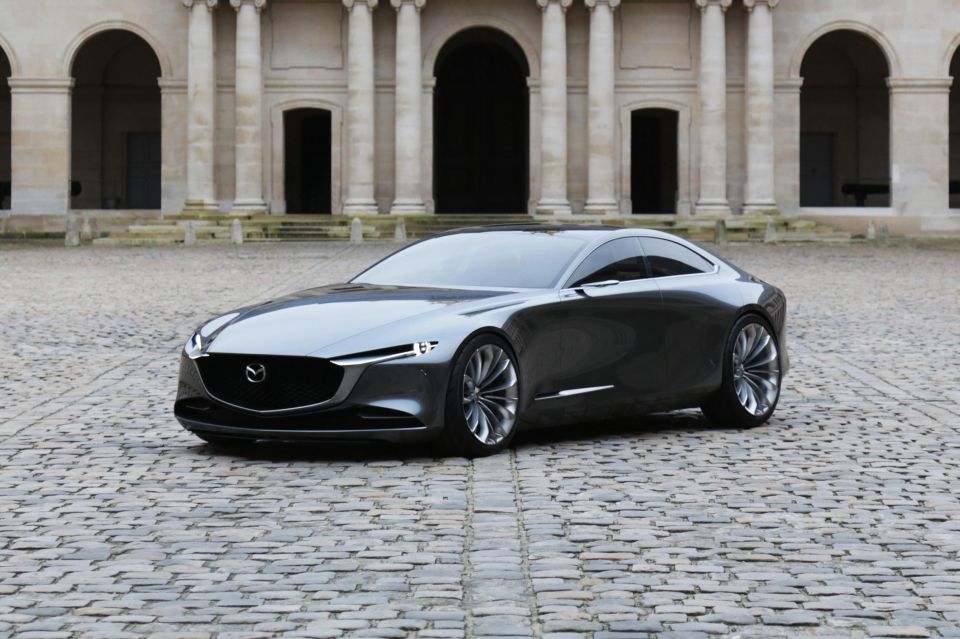
The next MX-5 would also reportedly draw from the design language first shown on the 2017 Vision Coupe concept, which has inspired the brand’s latest cars.
It’s unclear where the MX-5 sits relative to the two new modular architectures Mazda is rolling out.
Upcoming Mazda products like the CX-60 SUV will use the Skyactiv Multi-Solution Scalable Architecture, which Mazda says will underpin five hybrid models – at least some of which will use Toyota’s hybrid system – plus five plug-in hybrids and three electric vehicles.
This architecture has been developed for both front/all-wheel drive vehicles with transverse-mounted engines, as well as rear/all-wheel drive vehicles – like the CX-60 – with longitudinally-mounted engines.
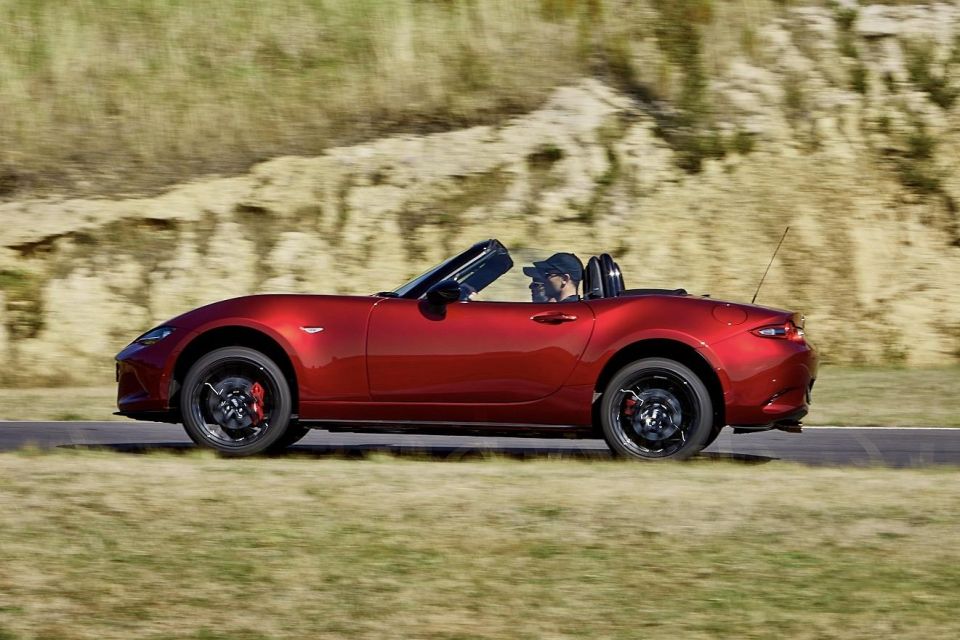
It’s separate to Mazda’s upcoming Skyactiv Scalable EV Architecture, which will spawn a range of vehicles between 2025 and 2030.
Mazda is aiming for 25 per cent of its vehicles to be pure electric by 2030, while all vehicles will have “some level” of electrification.
The Japanese government has proposed a plan to ban the sale of new internal combustion engine-powered vehicles by 2035, although this excludes hybrids.
MORE: Everything Mazda MX-5
Where expert car reviews meet expert car buying – CarExpert gives you trusted advice, personalised service and real savings on your next new car.
William Stopford is an automotive journalist based in Brisbane, Australia. William is a Business/Journalism graduate from the Queensland University of Technology who loves to travel, briefly lived in the US, and has a particular interest in the American car industry.


Max Davies
4 Months Ago


William Stopford
2 Months Ago
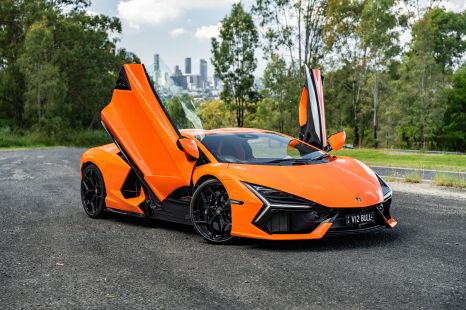

Alborz Fallah
1 Month Ago


James Wong
23 Days Ago


Paul Maric
13 Days Ago
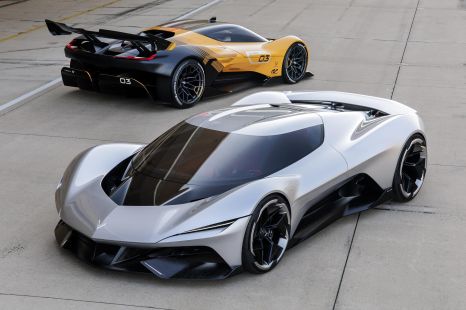

William Stopford
9 Days Ago